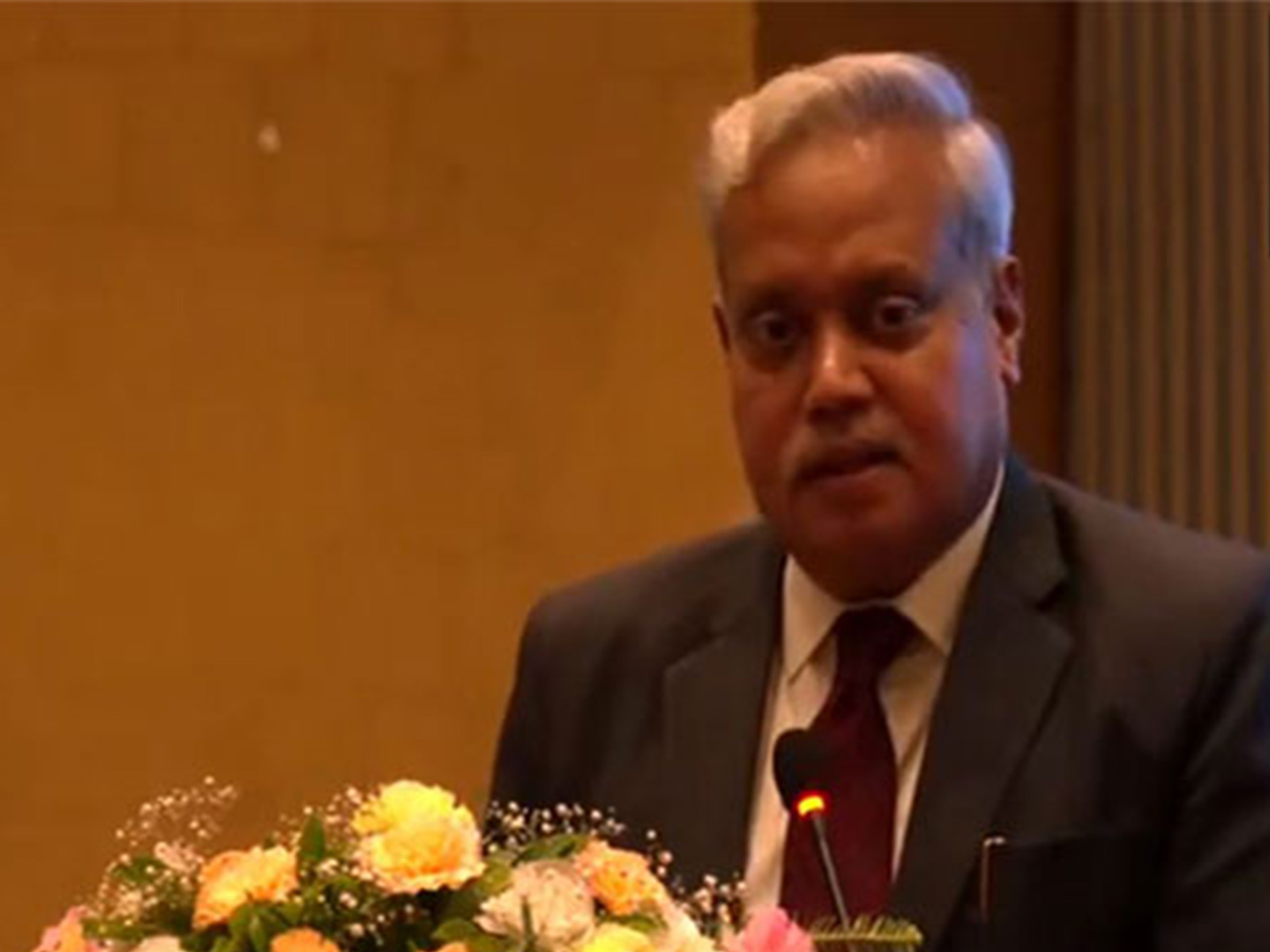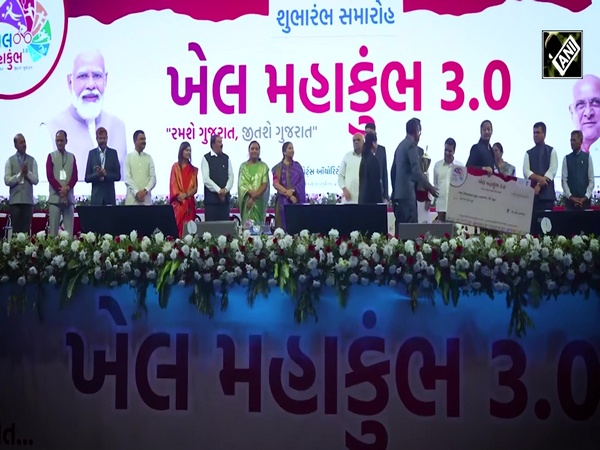China's working-age population to start declining rapidly in 2030s: Report
Dec 25, 2022

Beijing [China], December 25 : As per projections released by the United Nations, China's working-age population, defined as those aged between 15 and 64, will start declining rapidly in the 2030s and will shrink by more than 60 per cent to 378 million by the end of the century, according to The Star, a Malaysia-based publication.
The country's working-age population declined from 997 million in 2014 to 986 million in 2021.
A decline in the country's working-age-population is expected to affect its potential economic growth and bring about changes in world trade and investment.
China, however, is not the only country experiencing such trends. Populations in many developed countries are both ageing and declining due to low fertility rates and increased longevity.
"Trend growth is basically labour force plus productivity, and China is facing poor prospects for both," said George Magnus, a research associate at Oxford University's China Centre and former chief economist at investment bank UBS, as quoted by The Star.
"There's a 1:1 relationship between the change in the working-age population and economic growth. So with China's [working-age population] falling, that GDP will be lower by the same amount each year on average, unless it can be mitigated by, for example, immigration, higher labour force participation by women and older workers, and stronger productivity growth," he said.
"S&P Global Ratings said it expected China's annual economic growth would slow to an average of 4.4 per cent up to 2030 and then 3.1 per cent from 2031 to 2040, down from six per cent between 2017 and 2021. Those forecasts factored in threats including a shrinking workforce, mishandled rebalancing and slowing productivity gains," reported The Star.
China's fertility rate decreased to 1.15 in 2021 from 2.6 in the 1980s. This is below the rate of 2.1, needed to replace deaths. This comes despite China abandoning its one-child policy in 2016 and introduced the three-child policy in 2021. The policy is backed by tax and other incentives.
Joseph Chamie, a demographer and former director of the UN's Population Division, said that based on the experience of various countries, once the fertility rate falls below the replacement level, it is difficult to raise it back to higher levels.
"One solution would be to redefine "working age" to include older people and improve the participation rate, the ratio between the labour force and the population of working age. China's legal retirement age could gradually increase to 70," Chamie said, as quoted by The Star.


















